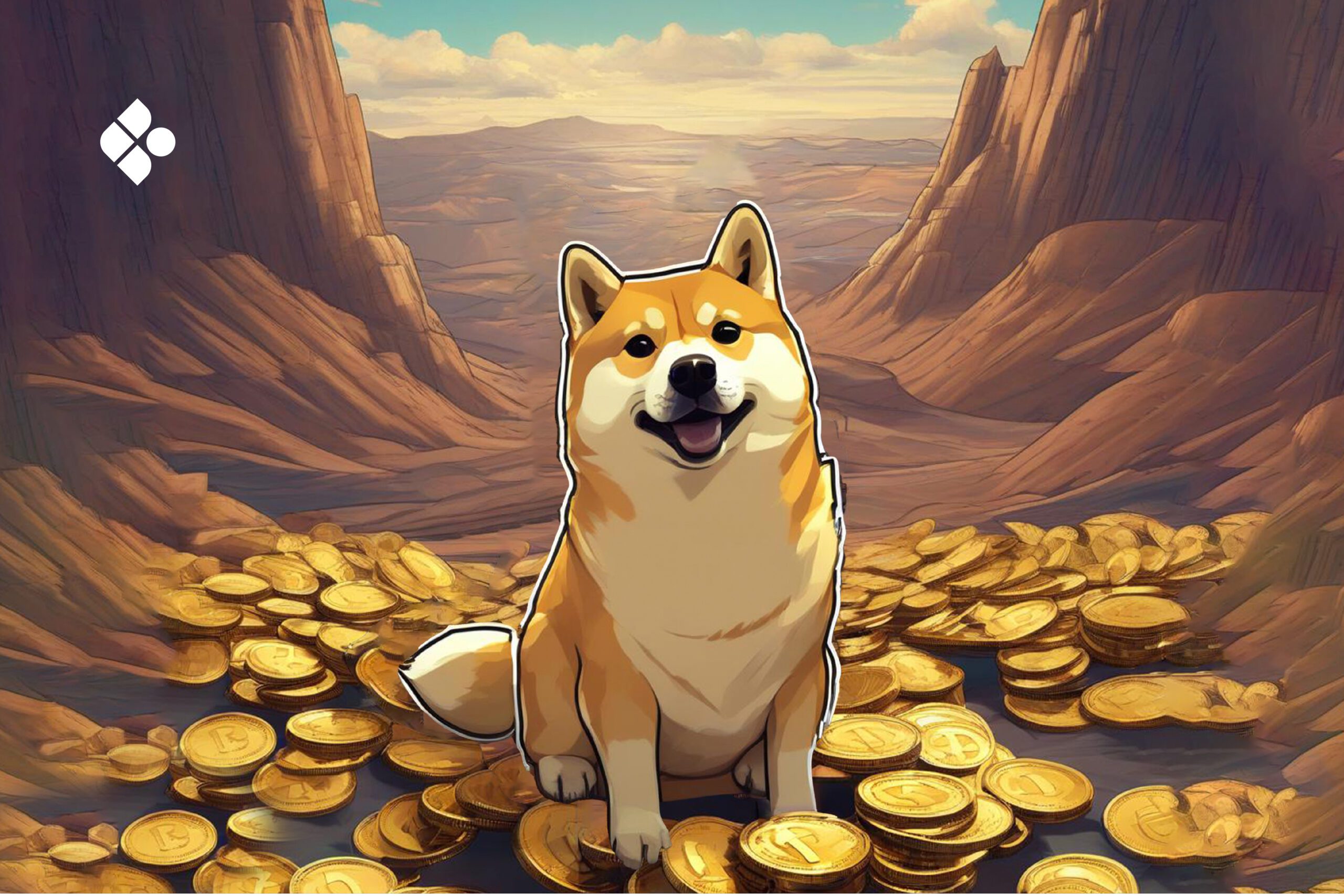News Blast: Your Daily Update
Stay informed with the latest news and trends.
Doge Coin: The Meme That Became Money
Discover how Dogecoin evolved from a simple meme to a cryptocurrency phenomenon. Uncover its wild journey and why it matters today!
What is Dogecoin and How Did It Start?
Dogecoin is a cryptocurrency that was created in December 2013 by software engineers Billy Markus and Jackson Palmer. Originally intended as a joke, Dogecoin features the Shiba Inu from the famous 'Doge' meme as its logo, which helped it gain popularity quickly within online communities. Despite its humble and humorous beginnings, Dogecoin has grown into a substantial digital currency with a dedicated following. Its appeal lies not only in its lighthearted nature but also in its active community that fosters charitable events and crowdfunding campaigns.
The concept of Dogecoin emerged as an alternative to Bitcoin, aiming to make cryptocurrency more accessible and fun for the average user. Initially launched with a supply of 100 billion coins, Dogecoin follows an inflationary model where new coins are continuously mined. This aspect differentiates it from many other cryptocurrencies that have a capped supply. The growing interest in Dogecoin can be attributed to its engaging social media presence and endorsements from celebrities, solidifying its place in the evolving landscape of digital currencies.

The Rise of Dogecoin: From Meme to Mainstream Currency
The journey of Dogecoin from a simple internet joke to a recognized mainstream currency is nothing short of remarkable. Initially created in December 2013 by software engineers Billy Markus and Jackson Palmer as a fun and lighthearted alternative to Bitcoin, Dogecoin features the iconic Shiba Inu dog from the popular 'Doge' meme. As the cryptocurrency market began to evolve, Dogecoin's community of passionate supporters rallied around it, effortlessly blending humor with real-world applications. This enthusiasm turned the once-overlooked token into a legitimate asset, proving that digital currencies can have a sense of fun while still achieving significant milestones.
As Dogecoin gained traction, it began to capture the attention of celebrity endorsers and influential figures, most notably Elon Musk. His tweets often sparked surges in Dogecoin's value, further solidifying its position as a force to be reckoned with in the financial world. Today, Dogecoin is not just a meme; it is accepted by various businesses worldwide and utilized for tipping and charitable donations. This evolution showcases how a lighthearted project can transition into a powerful player within the cryptocurrency landscape, demonstrating the potential for digital currencies to break away from traditional financial frameworks.
How to Buy and Use Dogecoin: A Beginner's Guide
Dogecoin is a popular cryptocurrency that started as a meme but has since gained a significant following. If you're a beginner looking to dive into the world of digital currencies, understanding how to buy and use Dogecoin is crucial. First, you need to choose a reliable cryptocurrency exchange. Some of the most common platforms include Binance, Kraken, and Robinhood. Once you select an exchange, create an account by providing the necessary information and verifying your identity. After your account is set up, you can fund it using your bank account or credit card. After funding, simply search for Dogecoin and place your purchase.
After you've bought your Dogecoin, the next step is learning how to use it effectively. You can store your Dogecoin in a digital wallet, which can either be web-based, mobile, or hardware. Wallets help keep your Dogecoin secure and easily accessible for transactions. To spend your Dogecoin, find a retailer or service that accepts it. Many online platforms have started incorporating Dogecoin as a payment option. Alternatively, you can also use your Dogecoin for trading or investing in other cryptocurrencies. Just remember to keep an eye on the market trends and consider setting a limit on your investments for responsible trading.